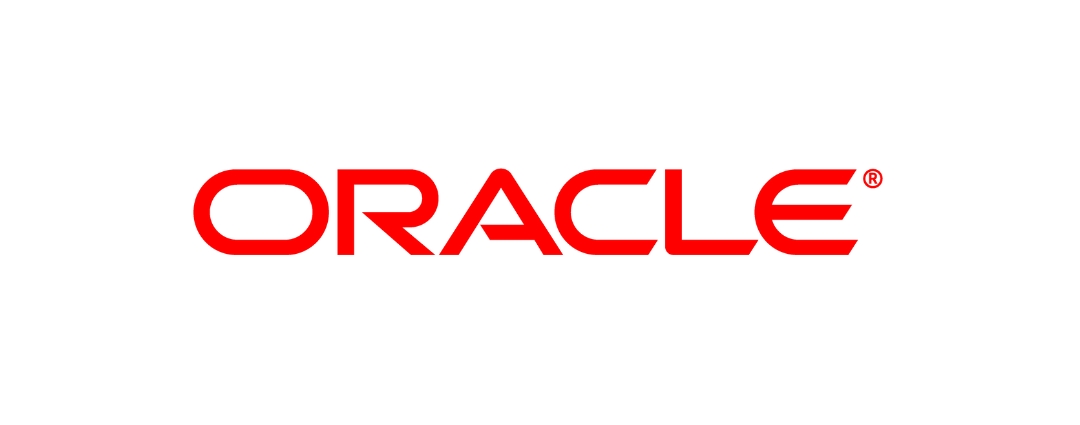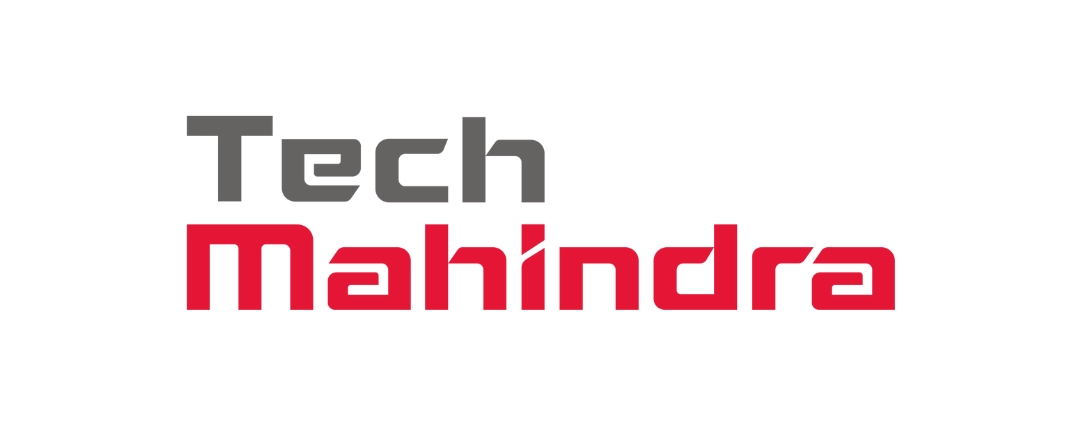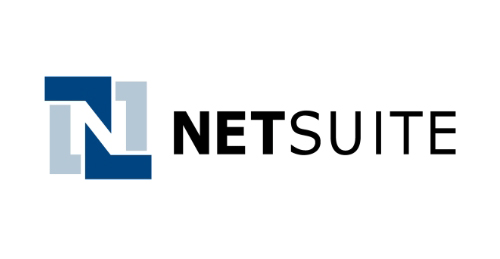The Rise of Cognitive Warehousing: AI/ML in Action - Expert Explained
The Shift from Automation to Cognition
This article offers a glimpse into the thought leadership of Shan Muthuvelu, CEO of ITOrizon, drawn from his recent presentation at Council of Supply Chain Management Professionals (CSCMP) event. The core message is clear: the path to true warehouse modernization no longer runs exclusively through physical automation, but through cognitive intelligence.
Why AI is the Non-Negotiable Future of Logistics
Mr. Muthuvelu, leveraging three decades of experience and global consulting across the Americas, Europe, and Asia, challenges the traditional view that a modern warehouse must be fully automated with ASRSs and AMRs. For years, the mantra for warehouse modernization was simple: automation, automation, automation. Instead, he asserts that a purely manual warehouse can be completely AI-enabled and modernized. The focus has shifted from capital-intensive hardware to intelligent, software-driven operations.
The Current Reality: The Inventory System Trap
To understand why this cognitive shift is necessary, one must first look at the system that runs the warehouse: the Warehouse Management System (WMS).
No matter how sophisticated the software whether it is an industry best-of-the-breed WMS or something custom-built, it is fundamentally conceived, developed, and implemented as an inventory system. It is a rule-based, static system that is only as good as the data it captures or what people tell it.
This rule-based nature creates significant operational blind spots like:
Invisible Labor Errors: The WMS only knows what it is told. It will capture that a worker is performing at a high productivity level. However, the WMS cannot capture the physical mistake of the worker scanning the correct location but physically putting the product away in an incorrect location, leading to inaccurate inventory.
Safety and Real-time Control: Rules can be configured to restrict the number of people and equipment in a narrow aisle for safety. However, the WMS does not know who is physically present unless they tell the system they are there.
The Returns Challenge: Rule-based systems, even for returns management inside a WMS, often fail to make the right decisions for high-volume returns due to the complexity and variability involved.
The critical takeaway is that a traditional WMS is isolated; it focuses narrowly on inventory and task execution. Everything else like security, predictive maintenance, true labor accuracy, and holistic optimization falls outside its scope.
Transform your warehouse into a cognitive powerhouse.
Our experts at ITOrizon can help you implement an AI-infused approach to redefine your warehouse performance and decision-making.
The Technology Evolution: The Demand for Customization
The WMS ecosystem has evolved from Legacy systems (where over 50% of clients still reside due to deep, prohibitive customizations) to cloud-native WMS platforms. These cloud systems are now handling massive data volumes and complex automation.
However, even a cloud-native WMS will only give an organization about 50% to 60% of what is needed. The remaining 40% of custom business logic will largely disappear when migrating to SaaS. While some of this is compromised, the remaining 25% defines a company’s unique competitive advantage.
This need for competitive advantage requires technology that allows for rapid customizations and scenario planning. This is driving the necessary move toward Low-code/No-code WMS and, ultimately, to cognitive, AI-infused platforms. Industry best practice is only a basic need; the unique best practice for your business is the competitive advantage the SaaS system will not provide.
The AI Era: The Power of Holistic Insight
The true transformative potential lies in AI/ML’s ability to relate unrelated data. This capability is what current WMS systems, limited by code or configurations, cannot find. Some of the AI applications are
The Role of the Digital Twin
The Digital Twin, once associated with manufacturing, is now applicable to the warehouse. By integrating cameras, IoT sensors, and AI/ML, a digital twin can be created to monitor everything:
- True Labor Performance: Cameras and computer vision can find out if a person is scanning the right location but physically putting the product somewhere else.
- Equipment and Automation: The twin can monitor conveyors, robotics, and AMRs.
Predictive Decision-Making
AI is crucial for addressing problems traditionally ignored by the WMS:
- Predictive Maintenance: AI/ML takes data from all equipment (forklifts, AGVs, conveyors) and devices in the warehouse network. It can prescribe and predict maintenance schedules, suggesting more frequent maintenance to extend the life of a machine beyond its predicted failure point.
- Human Factors: AI can monitor if an experienced worker is underperforming or slacking in the afternoon due to fatigue or sickness, allowing for timely, informed intervention.
- Holistic Planning: AI can connect procurement, fulfillment (3PLs), and external market data (transportation delays, tariffs) to predict the correct reorder point and safety stock levels, enabling decisions that are not possible with siloed ERP or WMS data.
The Blueprint: A Three-Step Transformation
Achieving a sophisticated, cognitive warehouse requires a platform strategy designed for Agentic AI.
Step 1: Pick the Right AI, IoT, and API-Ready Apps & Devices
Any technology procured, it may be WMS, ERP, Automation, Equipment, or IoT, it must meet these three prerequisites:
- AI-Enabled: The product must be AI-ready, otherwise, another implementation will be guaranteed later.
- IoT-Enabled: Any equipment must have a sensor and be able to feed data.
- API-Ready: The organization must have the ability to talk to the system through APIs to maintain control and orchestration levers (e.g., putting an entire aisle on hold).
Step 2: Bring your own Unified Actionable Data, API, and AI Platform
This platform, controlled by IT, is necessary to unify the data and functionality from all five technology boxes.
- Unified Actionable Data: Organizations must demand the ability to touch the data directly, as replicated cloud data is only good for reporting, not real-time actions like putting an order on hold.
- API Learning: The platform should be capable of learning hundreds of APIs daily with the click of a button, making orchestration and direction possible without immense coding costs.
- AI Platform: Leverage open-source algorithms, focusing the data science team on what they do best, while IT and Operations manage data cleansing based on business rules.
Step 3: Bring your own Agentic AI platform
Agentic AI must be implemented on top of the unified platform (Step 2).
- Avoid Silos: Vendors will offer Agentic AI solutions, but they solve problems only within their small, siloed box (WMS, ERP, Automation).
- Holistic Optimization: Operational problems are never siloed; they touch all five technology boxes, plus labor, cost, and safety. A truly cognitive warehouse must make a holistic decision, ensuring fulfillment rate and inventory accuracy are not achieved at the expense of safety, more labor, or higher cost.
This blueprint guides organizations in leveraging AI to gain control of their data and achieve a holistic, competitive advantage that lasts.

ITOrizon Inc., a global end-to-end IT supply chain ecosystem service leader based in Atlanta, with offshore locations in India and Dubai, has been helping clients ensure success for more than 10 years. We maximize the value of existing ecosystem investments while outpacing the competition with a human-first service delivery client experience. Industry analysts such as Gartner, ISG, and ARC Advisory have recognized us for our high-performance services team, built to scale and delivering strategic advisory, implementation/integration, digital transformation, and managed support services.













